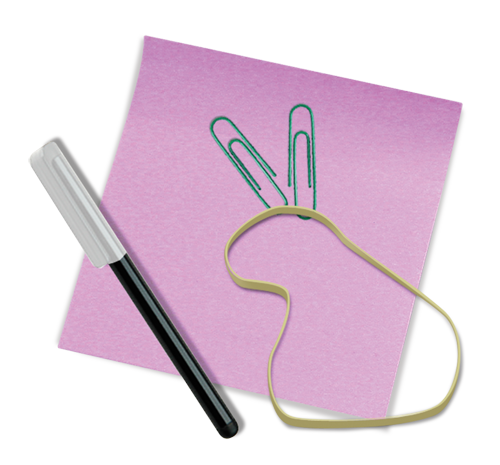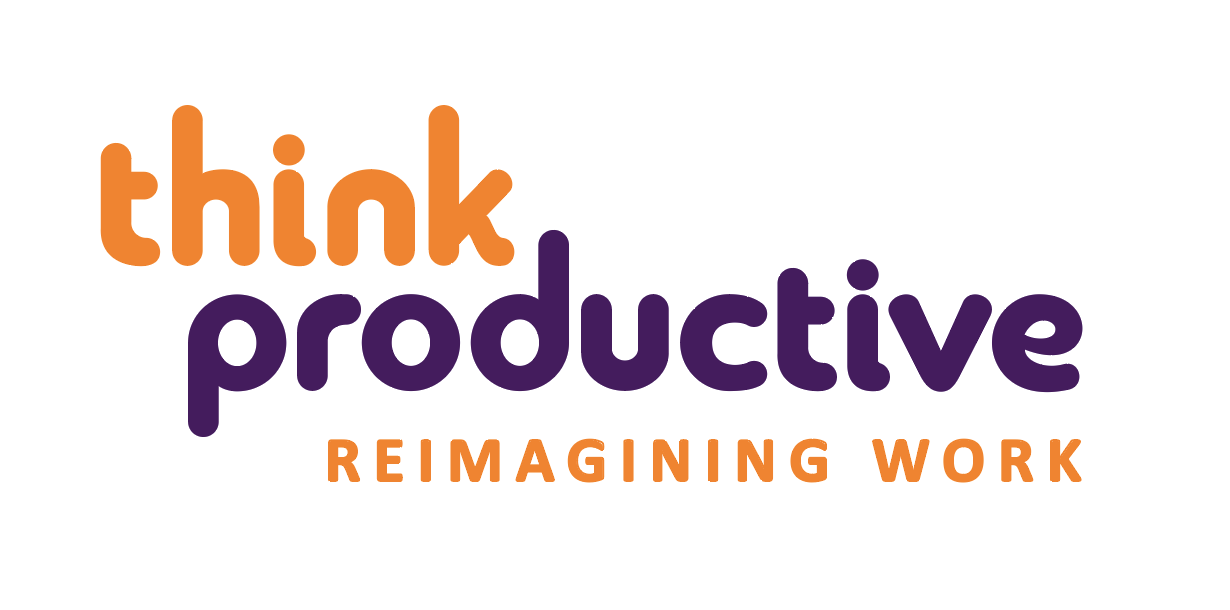We’ve talked before about avoiding meetings and “going dark” but at some point you will have to sit around a large table, with other people, to discuss some “big issue”. So here’s some advice for making your meetings better.
40-20-40 CONTINUUM
 If you ever need to hold a meeting and you want to make it a success, use the 40-20-40 Continuum – focus:
If you ever need to hold a meeting and you want to make it a success, use the 40-20-40 Continuum – focus:
- 40% of your attention for each meeting on preparation and getting everything right before you meet
- 20% of your attention on the meeting itself – the time you’re all together
- 40% of your attention on the follow through.
Like all golden rules, it appears to be simple and even a little obvious on first view, but in reality it’s rarely practised and can be difficult to stick to. Our temptation is to spend all our attention on the meeting itself: what the agenda will be, how it will be structured, and so on. In actual fact, more important than these are getting the venue, personnel and ‘framing’ right. Crucial to the meeting having any impact is, of course, following up to ensure that things actually happen afterwards.
40% PREPARATION
Get the preparation right – and I mean really right – and you’ll make the meetings you hold seem like magic.
This means thinking through every aspect of preparation, which I am sure will actually take longer than you are used to. The point here is not to spend the least amount of attention and time possible, but on the contrary, to get the highest payback for your investment. Here are a few ways that good preparation can pay itself back in spades:
BEGIN WITH THE END IN MIND
Rather than waiting until halfway through a meeting to work out what you think the outcome should be, start there. You’ll usually know. You can even add this to the agenda, and as a chair, make sure it is part of your introduction too. An example would be a statement like this:
“By the end of the meeting we will have agreed a scheduled plan, with delegated actions so that we can achieve our target of ten new clients by the end of March.”
Focus also gives everyone a clear destination to aim for, and the collective responsibility to steer the ship there. A lack of focus will lead to participants trying to find the destination themselves, and you’ll risk sailing off course.
FLOW
 When you’re planning a meeting, think about it as a journey. Work out where you feel you might get stuck, work out where you feel people might need a rest or to stretch their legs, and work out the best route to take. Great meetings provide a sense of a journey.
When you’re planning a meeting, think about it as a journey. Work out where you feel you might get stuck, work out where you feel people might need a rest or to stretch their legs, and work out the best route to take. Great meetings provide a sense of a journey.
A clear starting point is easy, but clearly delineating between the beginning and the middle is harder, and moving from the middle to the end is harder still.
With most meetings:
- the starting point is setting the scene: introductions to each other, to the topic and to the end point we have in mind
- the middle stage is the exploration: discussion, questioning and beginning to form some agreements
- the end of a meeting should be where you’ve clearly gone beyond discussion, and you’re into decisions, actions and agreeing the next practical steps forward. It’s easy to blur these boundaries without some good ‘markers’ to signpost the way.
SCHEDULE DIFFICULT AGENDA ITEMS IMMEDIATELY BEFORE COFFEE OR LUNCH BREAKS
A great tip with managing flow is to strategically use the natural breaks in the day: a lunch break, a coffee break or the specified finish time. When I am writing agendas I always try to schedule the bits where I can predict things might get a little heated to be just before a coffee break if possible, and better still, immediately before lunch.
This means that rather than just being focussed on the issue, participants’ attention and collective enthusiasm for the fight are diverted towards their collective enthusiasm for a coffee or a nice sandwich and a piece of cake. You’ll find that the person who delays everyone’s lunch, even over a matter of principle, is brave indeed. And if it does get a little heated, well you have the natural break in proceedings to calm everyone down, rather than that heat getting in the way of other agenda items.
ALLOW TIME FOR ‘WIGGLE ROOM’
There are points in a meeting where difficulties or the need for additional time will arise from the oddest of places and there’s just no way you can predict these.
Rather than trying to predict where this might happen, make a couple of agenda items nearer the end of the meeting slightly longer than you expect will actually be needed. This will give you the necessary wiggle room or safety net when other circumstances mean you are running over time. It’s like your secret little stash of time. Be aware, though, never to reveal this to others in the room – even those who you trust explicitly – because if they know it’s there, it also becomes their secret stash too and they will feel equally at liberty to delve in and fritter it away. Keep it to yourself.

LENGTH
Think carefully about the length of the meeting.
The chances are, if you’re a disciplined chair, you can probably get it done in a shorter time than would be expected. But what you cannot do is become known for meetings taking longer than planned or needed, so you need to be sensible and realistic at the same time as providing yourself and others with the necessary challenge towards brevity.
This is a fine line to tread, so tread carefully by ensuring you have thought it through. An extra five minutes’ proactive attention on this could potentially save a whole heap of people’s time.
CONTROL YOUR OUTLOOK, DON’T LET OUTLOOK CONTROL YOUR MEETINGS
Don’t set the times for meetings based on Outlook. Meetings should rarely need to be exactly 30 minutes or exactly 60 minutes (the default option offered by Outlook). What if the meeting only needs to be 20 minutes long?
Imagine this: you receive an Outlook notification for ‘Meeting B’ blocking out half an hour in your calendar. You arrive and everyone has already written off the next half an hour of their lives even though the agenda doesn’t look too complicated. At the end people will do something that is technically called ‘faffing’ (gossip, catchup and generally make an unspoken collective decision to pad out the remaining time so that they fill the specified half an hour).
 If you want to find out more about better meetings, check our our in-house facilitation training
If you want to find out more about better meetings, check our our in-house facilitation training
Also check out there other posts:
Balance and sanity – is it possible? « Think Productive UK
How to Not Suck at Meetings (Lifehacker)

